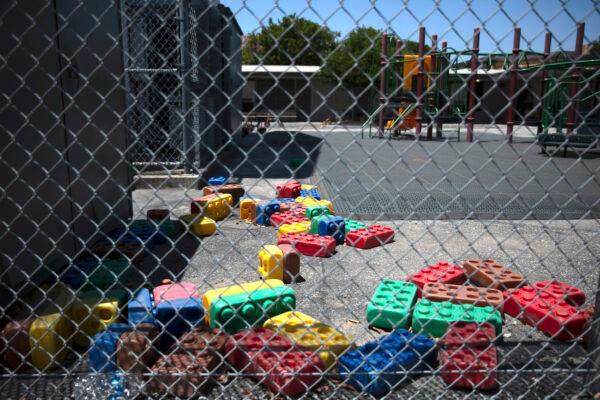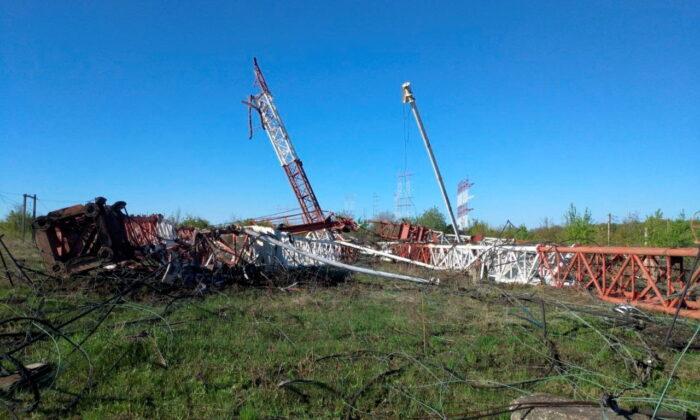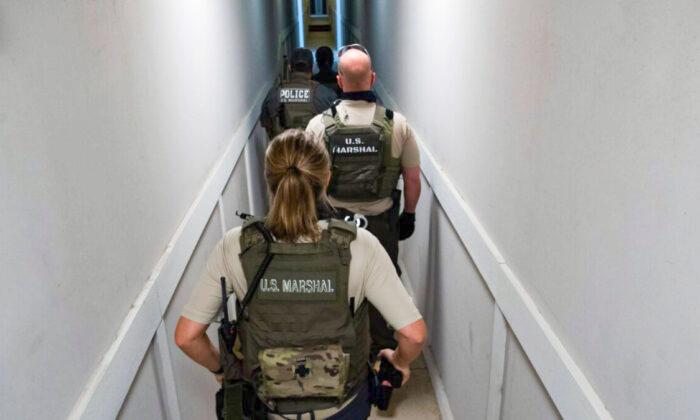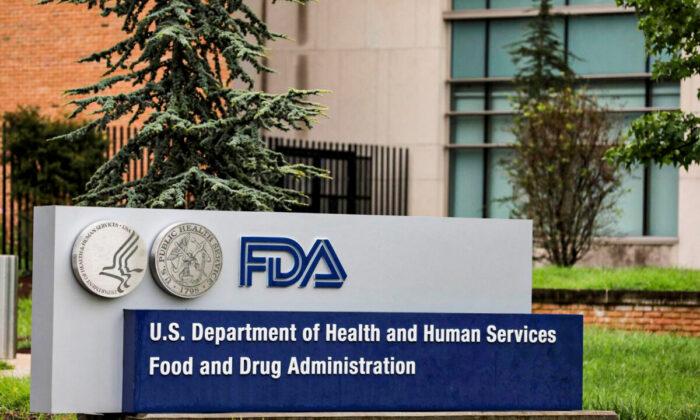California Gov. Gavin Newsom on Wednesday released a $2 billion plan outlining measures that would allow schools to reopen for in-person learning as early as February, focusing first on the youngest students and those disproportionately affected by the shift to distance learning.
Newsom, who first ordered schools to halt in-person learning when the outbreak first began in March, suggested that educators may be prioritized for COVID-19 vaccines. Most schools have remained shuttered throughout the pandemic.
“Safety is key. Just reopening a school for in-person instruction on its own is not going to address the issue of safety,” Newsom said, promising sanctions for schools that don’t follow safety rules.
Yet “in-person instruction ... is our default,” he said, citing pitfalls from remote learning including increased anxiety, depression and undetected child abuse.
Currently, just nine large counties have a seven-day average of new COVID-19 infections below Newsom’s threshold, according to recent figures published by the state health department. These include Alameda, Humboldt, Marin, Napa, San Francisco, San Luis Obispo, San Mateo, Santa Cruz and Sonoma counties.
The state’s most populous county, Los Angeles, for example, currently has an infection rate of 138 per 100,000, according to California’s tracking dashboard.

He called for a phased approach to resuming in-person learning in California, prioritizing first students in transitional kindergarten through second grade, as well as those with disabilities, and children with limited access to technology at home, homeless and foster children, and those who have most struggled with learning outside of the classroom.
Other students would gradually return to schools for in-person learning for spring, Newsom said, adding that parents and students could continue with distance learning if they wish.
The $2 billion Newsom will recommend in his budget next week averages out to $450 per pupil, weighted up to $750 at schools with more vulnerable populations.
He said that his proposal was based on growing evidence that there is lower risk of transmission, particularly between the youngest students.
“How can we assert more clarity, more focus?” Newsom asked. “How can we create an establishment of expectation relating to—again—our default of safely bringing our kids back [to] in-person learning, back into the classroom for all those social and emotional benefits?

Dr. Anthony Fauci, director of the National Institute of Allergy and Infectious Diseases, echoed Newsom’s remarks on the opening of schools for in-person learning, saying that they “seem to be doing better when it comes to the level of infection” than the community at large.
“If you really want to get society back to some form of normality, one of the first things you have to do is to get the children back in school,” Fauci said.





